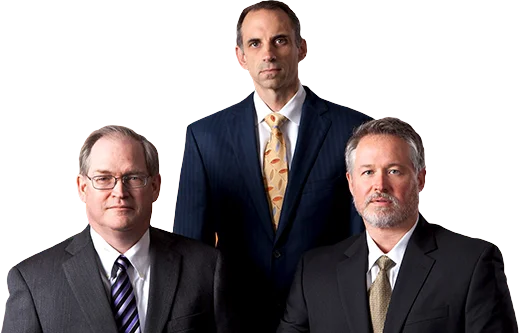Know the laws for Texas motorcyclists


According to data from the Governors Highway Safety Association, Texas has more motorcycle fatalities per 10,000 registered riders than any other state except Mississippi. While the roads can be dangerous for bikers, following the applicable laws can help prevent many collisions.
Review these important Texas motorcycle regulations before your next ride.
Required equipment and gear
Your motorcycle must have a working horn and a mirror, with brakes and steering in good working order. The state also requires a head lamp, license plate lamp, tail lamp and brake light. You must also affix a red reflector to the rear of the bike.
Texas also requires a helmet for motorcycle riders younger than 21. Those older than 21 must wear a helmet unless they have medical insurance or have taken a Motorcycle Operator Training Course approved by the Department of Transportation. According to the Texas DOT, a rider’s likelihood of traumatic brain injury in an accident increases fivefold without a helmet.
Lane position
While some states require motorcyclists to stay as far to the right as possible except when turning, Texas specifies that bike operators should stay in the position that gives them ideal visibility. The state prohibits lane splitting, or riding the motorcycle on the line between two lanes of traffic.
Passenger prohibitions
Texas requires motorcycle passengers to be age five or older. Passengers younger than 21 must wear a helmet, while passengers who are older than 21 must follow the same helmet provisions as adult riders. A driver who transports a passenger must have a permanent seat for him or her.
Licensing laws
Texas residents ages 16 and older who have a state driver’s license can apply for a Class M motorcycle endorsement. They must complete an approved Basic Motorcycle Operator Training Course, finish a Motorcycle Safety Foundation course, and pass both a written and road test.
Understanding these laws can help motorcycle riders stay safe and keep others safe on Texas highways.

